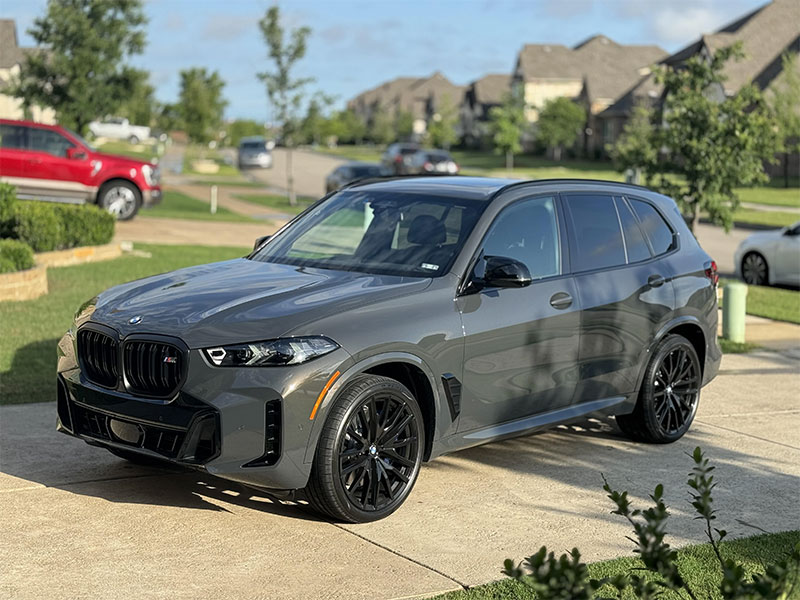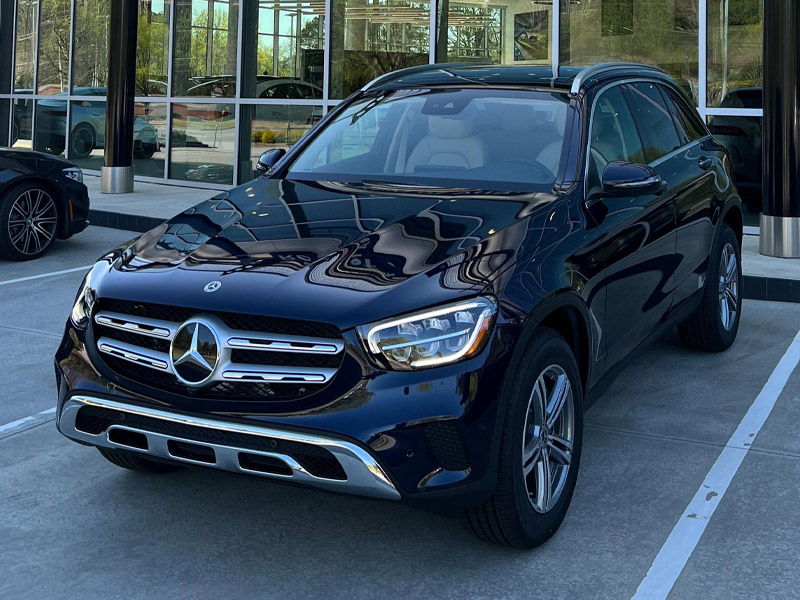
As the auto industry accelerates toward a future focused on sustainability, technology, and innovation, 2025 promises to bring an exciting wave of new vehicles. For mechanics, staying informed about upcoming models isn’t just about knowing the latest makes and models; it’s about understanding new technologies, drivetrain systems, and service requirements that these vehicles will bring to the shop floor. This article delves into the cars arriving in 2025, exploring the unique features and tech that will impact the work mechanics do daily.
Electrification Takes the Lead in 2025
Electric vehicles (EVs) will be at the forefront of new releases in 2025, driven by consumer demand, stricter emissions regulations, and advancements in battery technology. Leading the pack are anticipated models from Tesla, Ford, GM, and Toyota, each aiming to offer better range, faster charging, and more reliable battery management systems than previous generations. For mechanics, these new EVs will introduce updates in electric motor designs and battery cooling systems, alongside more advanced diagnostic software. Familiarity with these evolving technologies is crucial for servicing EVs effectively and safely. Furthermore, the shift to solid-state batteries, expected in several upcoming models, promises longer battery life and faster charging, though they may also come with distinct repair and maintenance needs.
Advanced Driver Assistance Systems (ADAS) and Autonomy
In 2025, the integration of Advanced Driver Assistance Systems (ADAS) and autonomous features will be more widespread than ever. Automakers like Mercedes-Benz and Audi are expected to push the boundaries with enhanced autonomous capabilities, focusing on Level 3 automation. This means that while full autonomy isn’t here yet, cars will take on more control in specific conditions, with drivers remaining ready to take over if needed. For mechanics, this means preparing to troubleshoot a range of ADAS components, from radar and LiDAR systems to cameras and ultrasonic sensors. Repairing these systems requires precision and sometimes specialized calibration tools, making this an essential area for mechanics to master.
Hydrogen Power: Making a Comeback?
While electric vehicles dominate headlines, hydrogen fuel cell technology is quietly gaining momentum. Honda, Toyota, and Hyundai are among the automakers exploring hydrogen fuel cells as a viable alternative to battery-electric vehicles, particularly for long-distance travel and heavy-duty applications. These 2025 models promise cleaner emissions without the long charging times associated with EVs. Mechanics should note that hydrogen fuel cell systems bring their own set of challenges, including hydrogen storage and specialized cooling. Handling and repairing hydrogen fuel systems require specialized knowledge, with safety protocols that differ significantly from gasoline or even EV systems. For mechanics, the ability to service hydrogen-powered vehicles could soon become a valuable skill.
Hybrid Drivetrains Remain Relevant
Hybrid drivetrains will continue to evolve in 2025, with plug-in hybrids (PHEVs) and range-extender models leading the charge. Companies like BMW and Volvo are investing in hybrid models to bridge the gap between traditional combustion engines and fully electric systems. These next-generation hybrids will come equipped with larger batteries and more efficient regenerative braking systems. For mechanics, this evolution in hybrid technology means understanding how to service both the internal combustion engine and the electric components. Diagnostic tools that can assess both aspects are essential, as well as knowledge of regenerative braking systems, which recover energy during braking and store it in the battery for later use.
High-Performance Models and the EV Revolution
Performance and EV technology are colliding in exciting ways. Automakers like Porsche and Ferrari are embracing electrification in their performance models, combining cutting-edge EV technology with traditional high-performance design. The electric and hybrid supercars expected in 2025 will use multiple electric motors for all-wheel-drive capabilities, coupled with advanced battery cooling systems and weight-reduction innovations. Mechanics working on these models will need to be familiar with high-performance electric powertrains, which differ significantly from those in mainstream EVs. Understanding torque distribution, advanced cooling techniques, and lightweight composite materials will be crucial for servicing these high-performance electric models.
Enhanced Infotainment and Connectivity
Infotainment and connectivity are taking center stage in new models for 2025, with advancements in digital displays, in-car AI, and connected services. Companies like Tesla and BMW are leading the charge, equipping their vehicles with large touchscreens, advanced voice recognition, and even predictive AI that can assist drivers by learning their preferences. For mechanics, this increase in connectivity and software-driven features means preparing for software troubleshooting, diagnostics, and potential firmware updates. Understanding the latest in vehicle software integration, including over-the-air updates, will be essential to diagnose and resolve issues efficiently.
Sustainability and Recyclable Materials
Another trend gaining traction is the use of sustainable and recyclable materials. Brands such as Volvo and Ford are experimenting with eco-friendly materials, aiming to reduce the overall carbon footprint of new cars. These materials may include recycled plastics, organic fibers, and even vegan leather. For mechanics, this trend requires understanding how these materials perform differently from traditional ones and any specific care or maintenance they might require. For instance, biodegradable or organic materials may have different cleaning or repair processes, which could impact how mechanics handle these vehicles.
The cars arriving in 2025 represent more than just new models—they reflect a transformation in how we approach vehicle technology, sustainability, and performance. For mechanics, staying updated on these advancements isn’t just beneficial; it’s essential. From electrification and hydrogen fuel cells to advanced connectivity and ADAS systems, these new cars demand a forward-thinking approach to automotive repair and maintenance. Embracing these changes will not only keep mechanics relevant but also enable them to thrive in a future dominated by innovative, eco-conscious, and technologically advanced vehicles.

